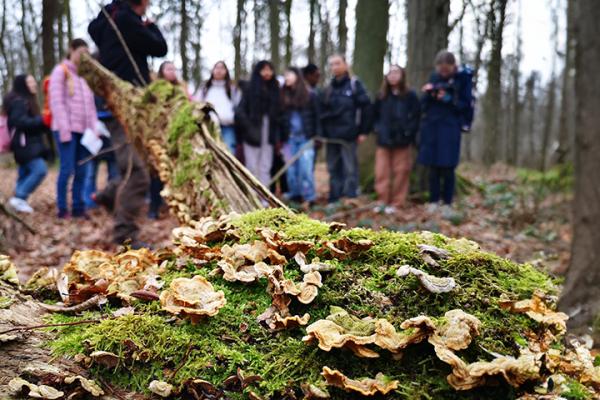How the fall of the Berlin Wall transformed Europe’s research landscape
The fall of the Wall and the other momentous changes in Eastern and Central Europe from 1989 opened up new possibilities for researchers to meet and collaborate with their Western European counterparts and gave them hope of new partnerships. ‘After these changes there was an extraordinary opening towards international research,’ said Professor Anton Anton, a lecturer in Romania at the time and now professor of hydraulics and environmental protection at the University of Civil Engineering in Bucharest. ‘Researchers were very positive.’
New efforts were made at European Community level to encourage cooperation previously impossible because of the Iron Curtain, and ‘science diplomacy’ was recognised as encouraging European cultural reunification when other paths were still difficult.
‘We realised it would not be easy to become part of the European research community, but there was a lot of enthusiasm, a lot of optimism,’ said Dr Jan Krzysztof Frackowiak, of the Polish Academy of Sciences. He was a physicist before becoming Deputy Science Minister of Poland for 14 years from 1991. Schemes such as PECO/COPERNICUS, launched in 1992 with funding of EUR 55 million, encouraged new ways of working together for Central and Eastern European countries seen as potential future members of the EU.
Eastward growth
Along with scientific and technical research fellowships, it also provided for project-by-project participation in parts of the Framework Programmes, with joint activities on the environment, health, information and communication technology, materials, agriculture and food.
“‘Without the Framework Programmes, we would have never reached this stage.’
‘The special actions played a very important role for us in gaining experience of European rules and methods,’ Dr Frackowiak said. ‘Later on this meant we could gradually take on more important roles.’ Identifying the Central and Eastern European countries as a focus played a large role in the expansion of the Framework Programmes. This eastward growth continued through the 1990s and into the next decade, when 10 Central and Eastern European countries were to join the European Union. By the Fourth Framework Programme (FP4) in 1994, COPERNICUS was included in a specific programme of International Cooperation (INCO).
Smoother knees
Participation was still on a project-by-project basis, on limited themes, but once the countries were on track for EU membership and became associates of the Framework Programmes, their participation increased. By the Sixth Framework Programme, which began in 2002, Poland for instance was proposing advanced projects as a coordinator and it was to lead more than 180 consortiums in the Seventh Framework Programme (FP7), in the specific programmes of People, Ideas and Cooperation, and the Research Potential (REGPOT). These have included a selection of prominent projects ranging from information technology, security, and energy efficiency to nanotechnology.
Among the Polish-led advanced nanotechnology projects in FP7 have been the ENSEMBLE study of self-organising electromagnetic structures and SUPERSONIC, looking at depositing layers of lubricating solid nanoparticles to ease the use of wind turbines, aeroplane engines or even artificial knees. Developing research capacity has benefited greatly from participation in the Framework Programmes, which have kept growing with the EU itself. From EUR 13.1 billion at the start of FP4, when the European Union had just 12 Member States, the funding has swelled to EUR almost 80 billion for the 28-strong European Union of Horizon 2020.
Combined benefits
For new Member States, the benefits of the Framework Programmes have, in many cases, been multiplied by using EU Structural Funds to develop new laboratories and modern facilities for research. Austria, Finland and Sweden already had very well developed research infrastructure when they joined the European Union in 1995. But Spain has shown the benefits of combining these different forms of European funding to transform its relatively underdeveloped research system in the 1980s to world-class status.
The Extreme Light Infrastructure (ELI) project shows a similar synergy in Romania, Hungary and the Czech Republic, where some of the most intense lasers ever made are being built for research.
The preparatory phase was carried out under FP7 and the three facilities are being developed with support from the Structural Funds. They are expected to be operational by 2018 and to host substantial Framework Programme research in fundamental physics, materials, pharmacology, cancer and X-ray and gamma ray imaging.
‘This is one of the main benefits for us,’ said Prof. Anton, who is also a former Romanian government minister and Secretary of State for Research. ‘Without the Framework Programmes, we would have never reached this stage.’




